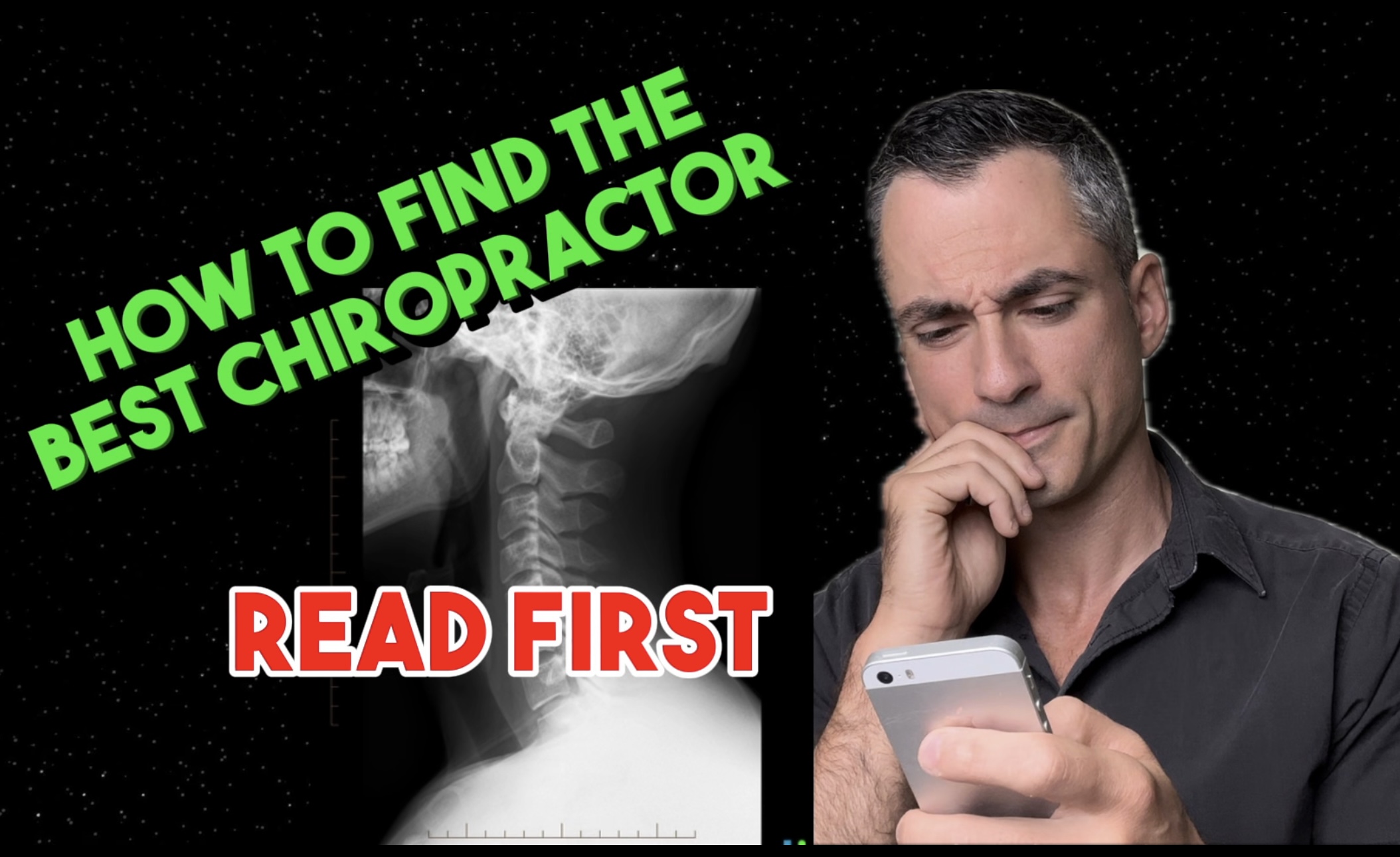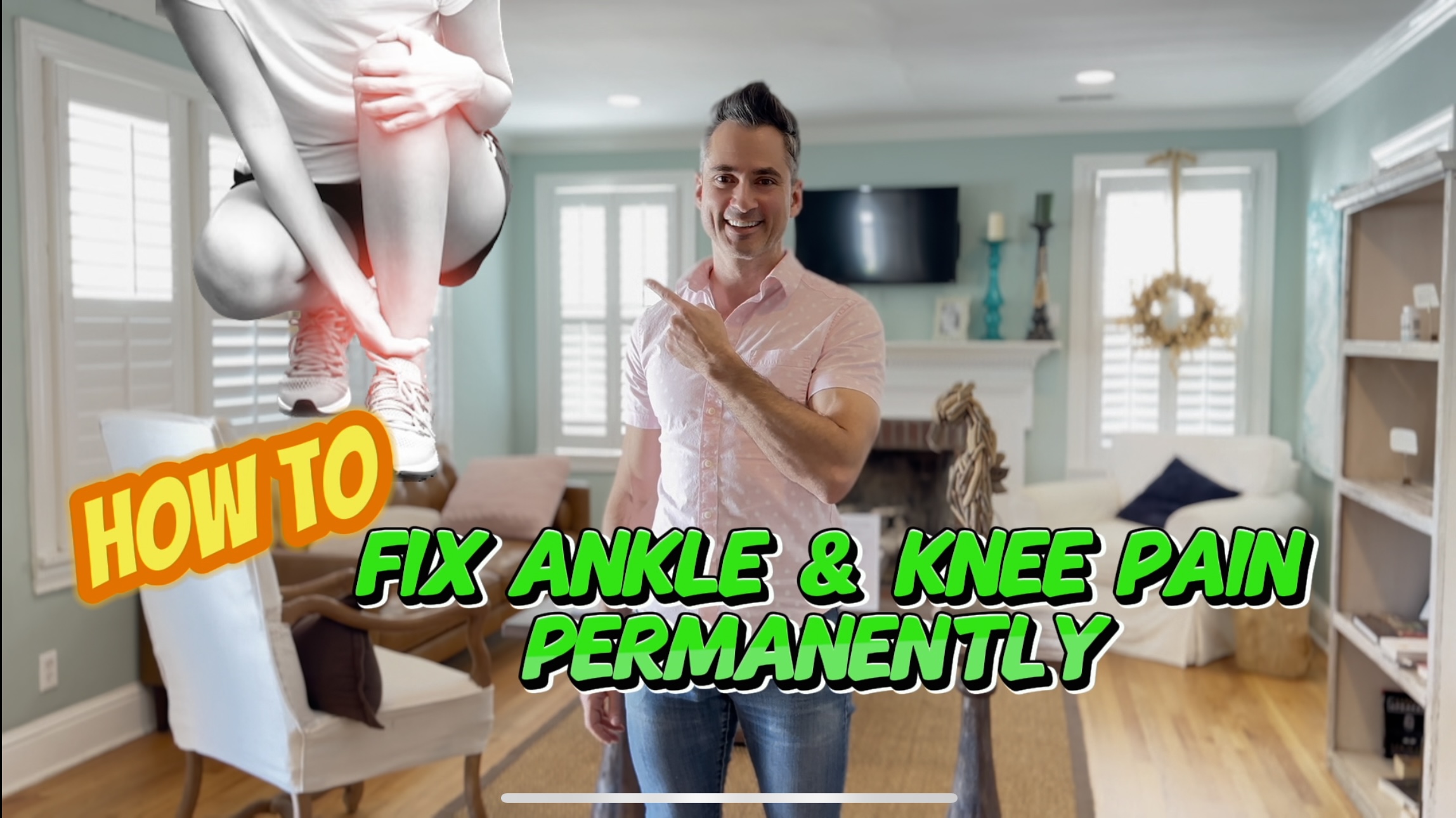
Is Scar Tissue Causing Your Pain? Here’s how to fix it!
Is scar tissue causing your pain and preventing you from feeling like your best self?
Do you have an injury that you just can’t seem to fix or find yourself bouncing from injury to injury?
Did you take time off after your injury, only to have it return after you started training again?
Almost all injuries have a muscular or soft tissue and scar tissue component to them.
A good way to look at scar tissue or adhesions in muscles is if muscles are like a stretchy rubber band, then scar tissue would be like a bunch of little staples embedded in the rubber band.
Your rubber band still stretches, right? But it’s going to be tighter than it should be.
You might be questioning to yourself, how do I have scar tissue?
Great question. Most people think about scar tissue in the capacity of having surgery, cutting oneself or something more traumatic like getting hit by a bus or something.
The scar tissue that I am referring to most often comes from repetitive strain. Imagine years ago, back in the day, when we used to use the old time Corona typewriters. Nobody ever had carpal tunnel syndrome. To type a letter, you had to push the key down a half an inch to a full inch. Which mean that everyone was terribly slow typers by todays standards. But what that meant for the muscles surrounding the wrist and forearm, was that they got a little bit of a break. They got a split second to rest and relax allowing blood flow to get into the muscles and for the waste products (I like to think of it as muscle poop) to get out.
Today, the computers are the exact opposite. You barely have to push the key down to get it to type your letter and the result is that people can type a million words per minute. But the trade of is that all of the muscles stay under near constant tension. Constant tension on the muscles and soft tissue means less blood supply or food into the muscles and less waste products exiting the muscle. This results in scar tissue and myofascial adhesions building up in the tissue. Our staples.
So if a muscle gets loaded in staples, it’s going to be extra tight. It’s going to put extra pressure on joints and nerve as well as make opposing muscles weaker and more prone to injury as well. (Imagine you can’t contract your bicep and the opposite muscle the tricep at the same time)
These are a few of the things that I make sure to evaluate whenever I am playing detective and trying to resolve a long standing injury or trying to improve an athlete’s performance.
Many patients often wonder how do I find scar tissue? How do I know that it’s there? How am I so good at finding the worst areas without being told?
Aside from history and watching the patient move, my biggest tool is palpation or what my hands and fingers see. When I first started feeling scar tissue in patient’s muscles back in 2004 when I first started my Active Release Technique training, I honestly couldn’t feel a thing.
So I copied what other people with amazing sensation of touch do. I copied blind people and kept my eyes closed when I was working on muscles. Blind people have larger parts of their brains related to hearing and touch. If you take out one sense, the other areas start taking over.
Every patient that I would work on, I would keep my eyes closed combined with a high level of anatomy and my fingers are more sensitive than most diagnostic imaging like an MRI. In fact, most patients refer to my hands like a “walking MRI.” After treating 1000 word of mouth new patients per year for nearly 20 years. My fingers have had a lot of training. When you have felt over 20,000 shoulders, you start to notice subtle differences.
Finding scar tissue is part of the puzzle and another big part is trying to determine how the scar tissue got there in the first place. What is the patient’s job like? What are their hobbies like? What types of repetitive motions do they do throughout the day? Have they had previous surgeries or injuries that would result in scar tissue or poor movement patterns built up?
Dr. Jeremiah Jimerson, D.C., ART – Chiropractor in Charleston
Founder of Elite Performance & Pain
Chiropractic Innovator
Myofascial and Neurological Specialist
Pioneering a holistic approach to chiropractic care, I focus on uncovering the root causes of discomfort, blending myofascial techniques like Active Release Therapy with neurological insights. My practice extends beyond traditional adjustments, delving into the complex interplay of muscles, nerves, movement and overall wellness.
Notable achievements: Hospital Residency Pioneer, Collaborator with Orthopedic Surgeons, Active Release Technique Certified since 2004, Experience with the Buffalo Bills, Ironman Triathlon, College of Charleston Track Team, and high-profile clients.
Passionate about personal health, anti-aging, and longevity. Devoted to activities like weightlifting, calisthenics, jiu-jitsu, movement, and outdoor adventures.
Serving chronic pain patients and athletes who seek innovative, effective solutions.
Connect with me: www.fixyourpaincharleston.com
Facebook – 340K Followers www.facebook.com/youngeryoudoc
Instagram – 98.8K Followers www.instagram.com/youngeryoudoc
TikTok – 226.4K Followers www.tiktok.com/youngeryoudoc




